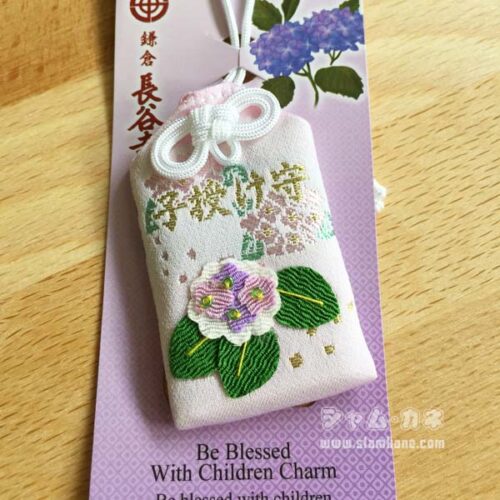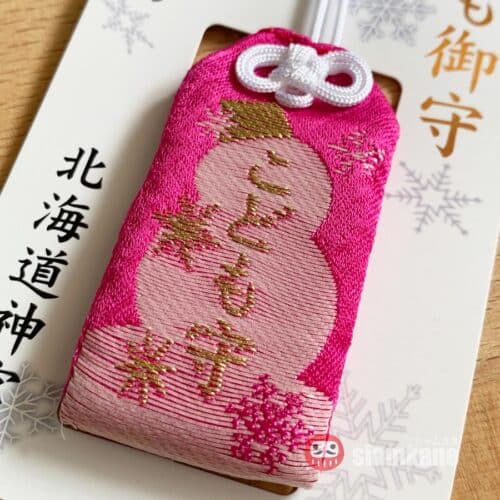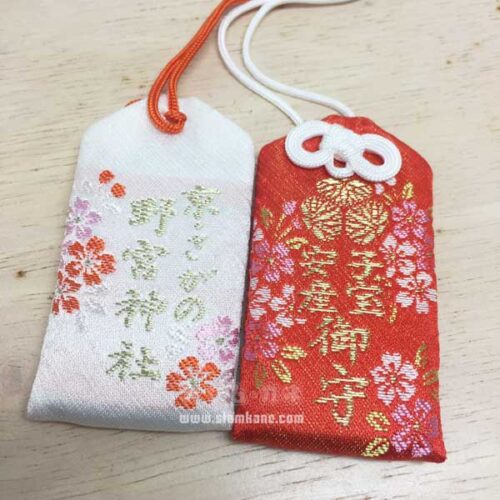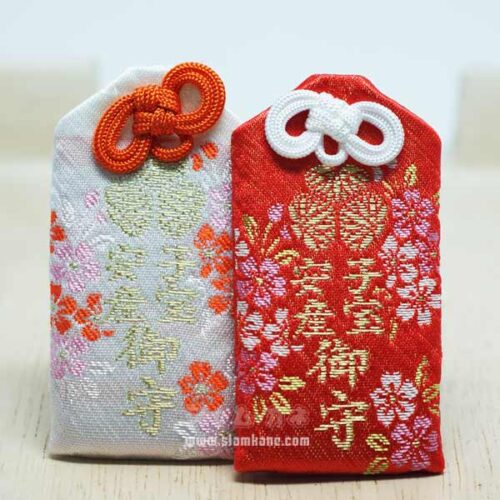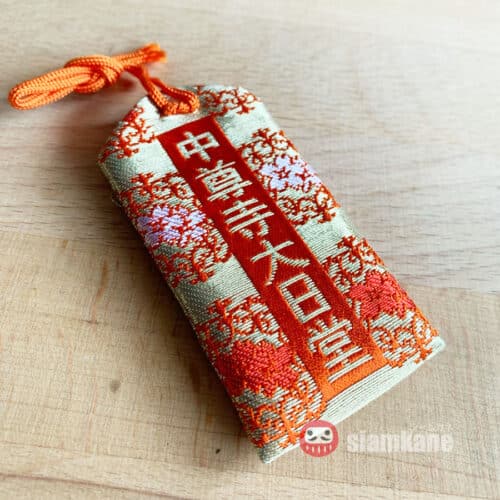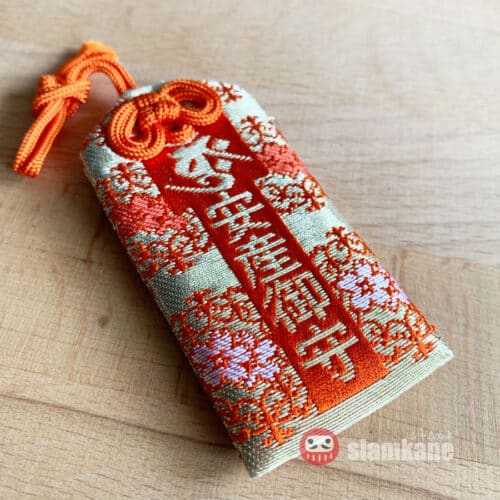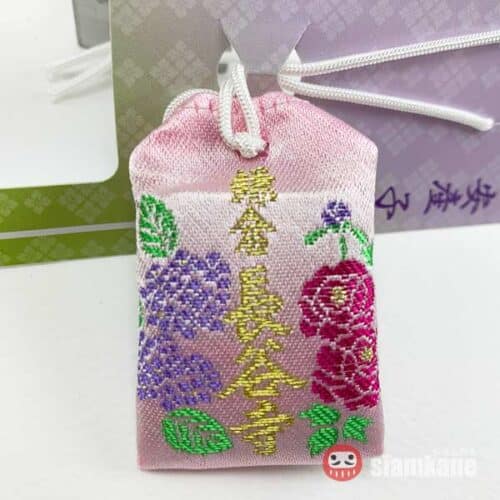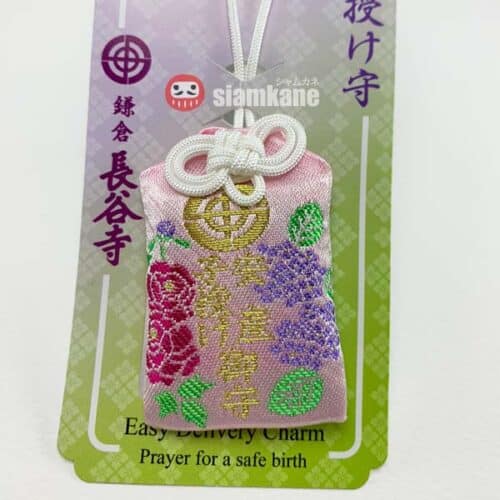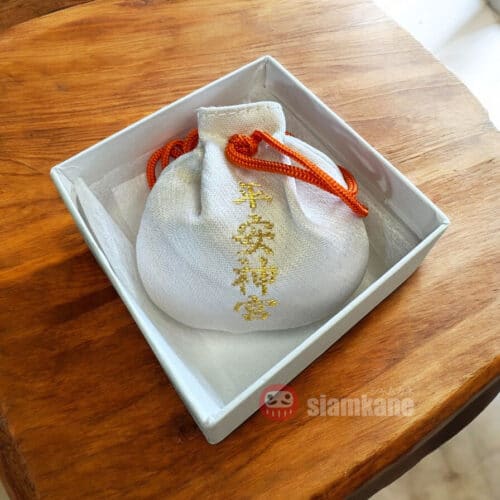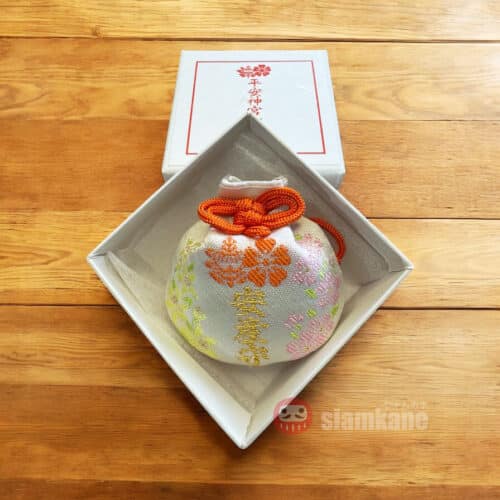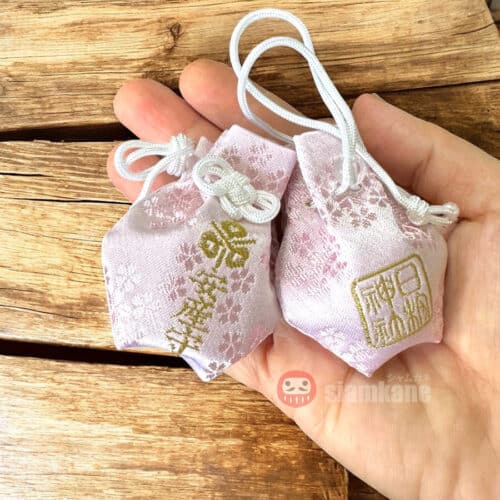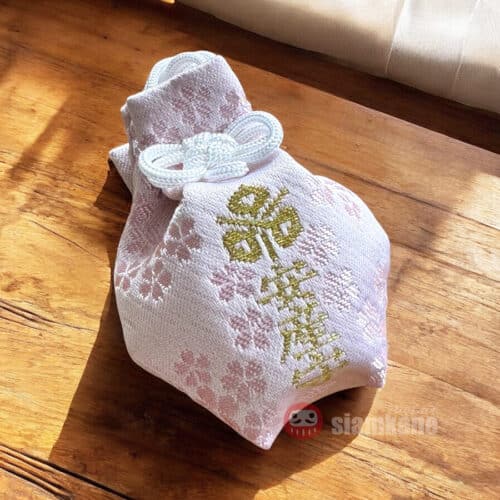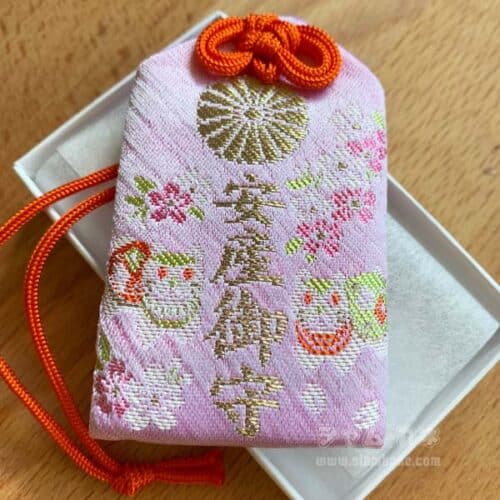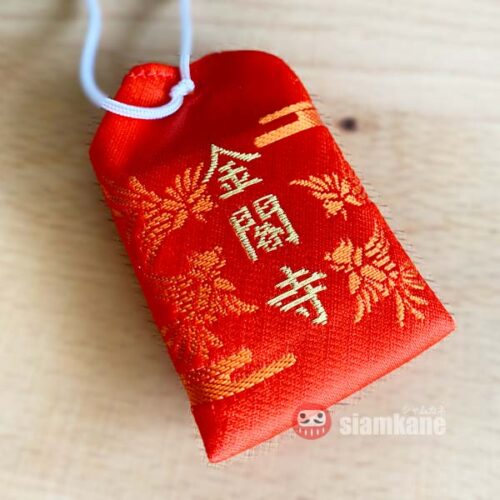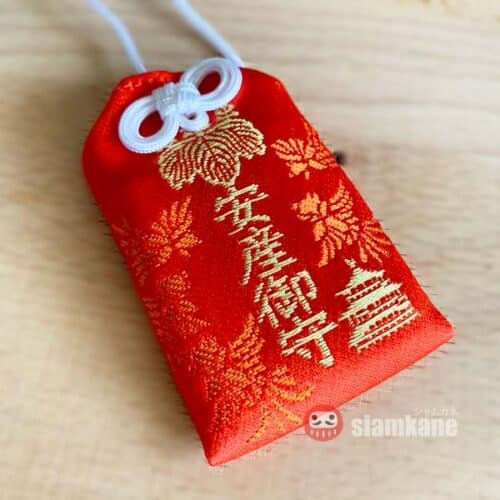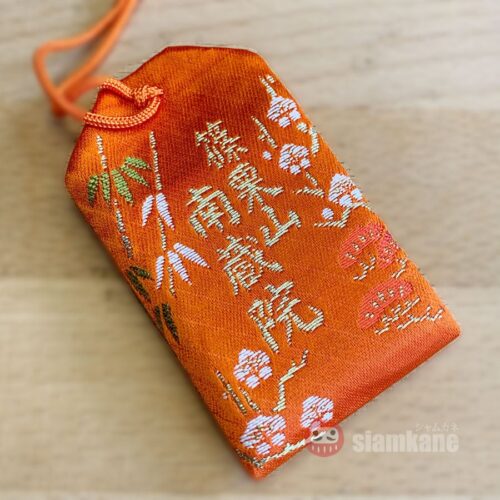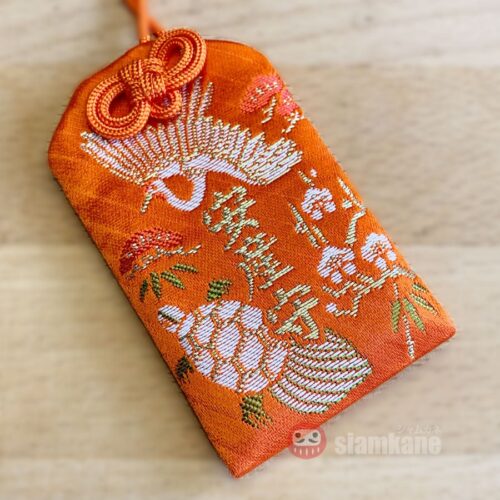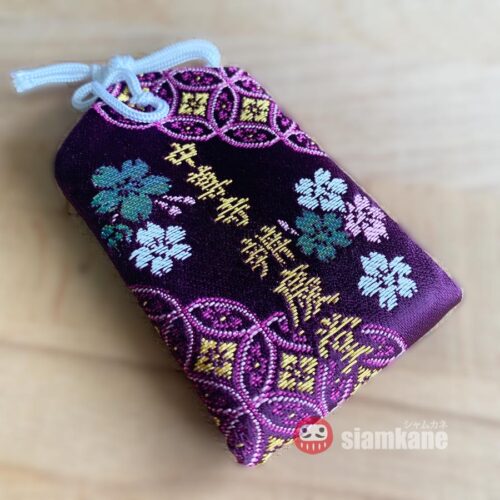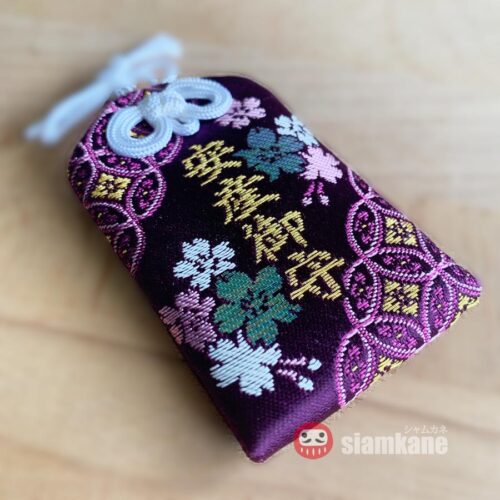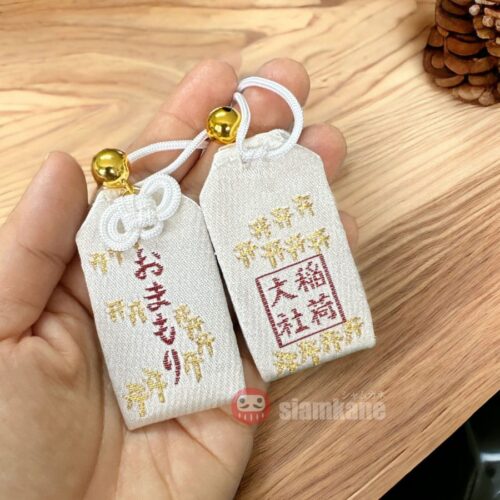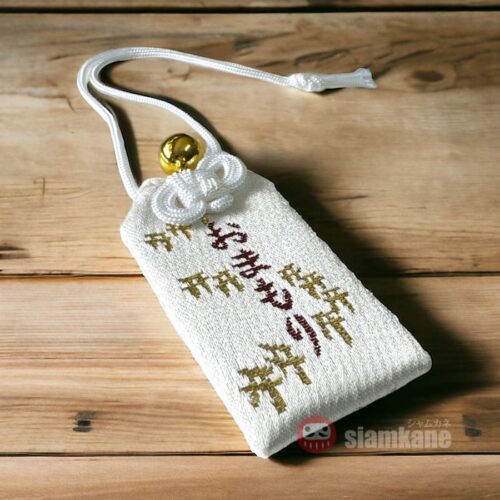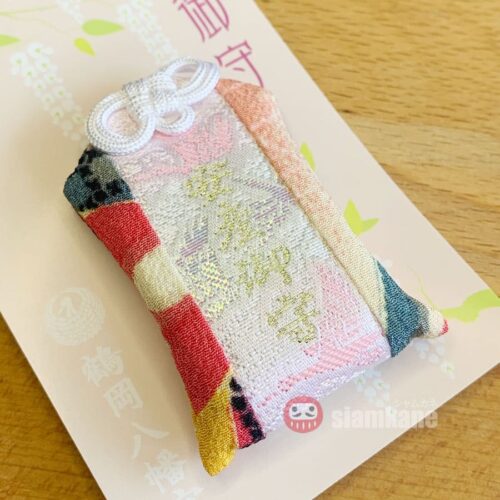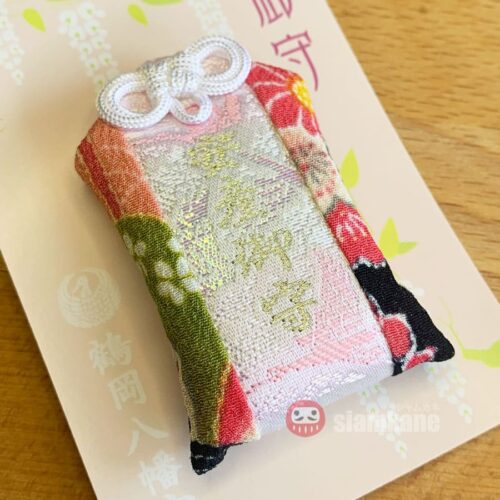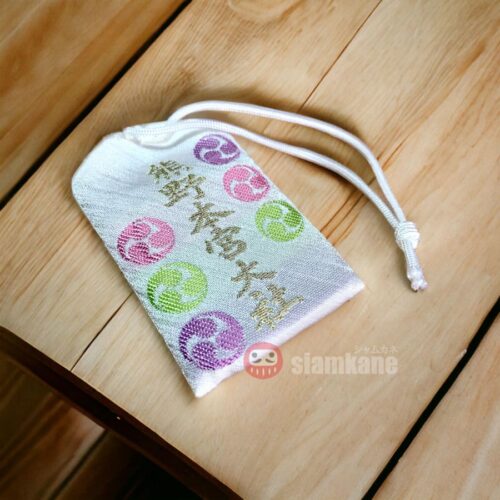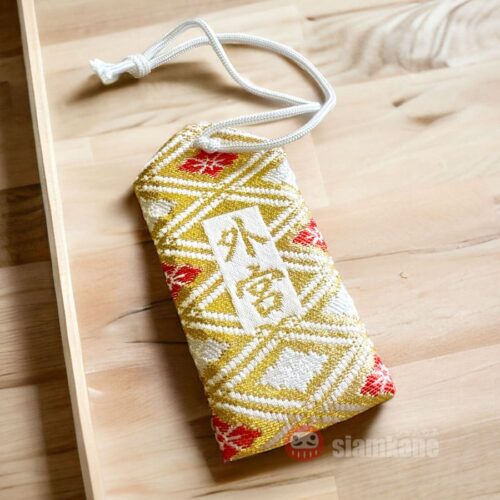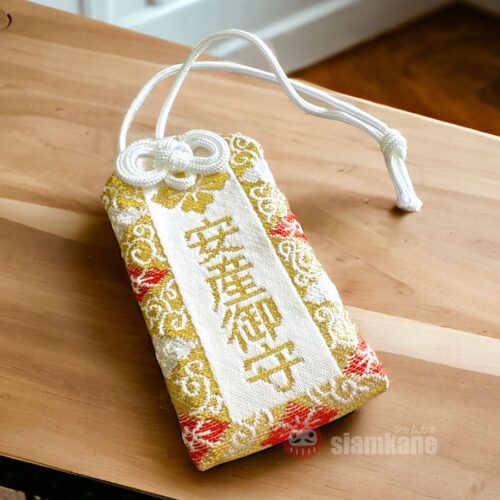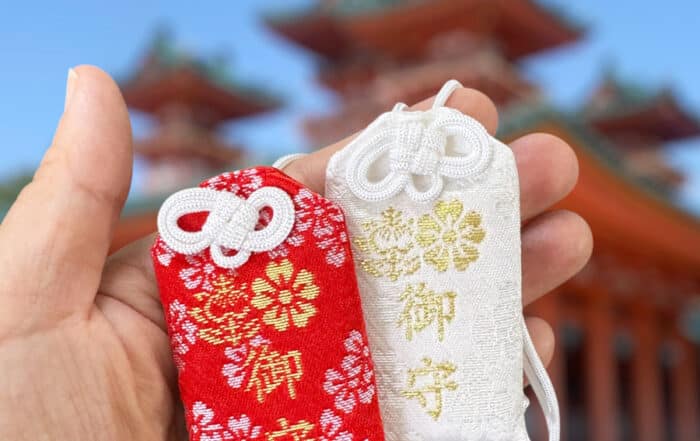Mom and Child
“Mom and Child Omamori” refers to a type of Japanese amulet or charm that is designed to bring protection, blessings, and good fortune to both a mother and her child. The term “Omamori” itself translates to “protection” or “amulet” in Japanese. These amulets are often associated with Shinto or Buddhist beliefs and are commonly found in Japan.
Here are some key aspects of Mom and Child Omamori:
- Symbolism: Mom and Child Omamori often feature symbolic images or representations associated with motherhood, such as a mother and child embracing, symbols of fertility, or protective deities.
- Protection and Blessings: The primary purpose of Mom and Child Omamori is to provide protection and blessings for both the mother and the child. This can include protection from harm, good health, and overall well-being.
- Traditional Materials: Omamori are typically made from traditional materials, such as silk or brocade fabric, and are often adorned with embroidered symbols, auspicious colors, and decorative cords.
- Blessings for Specific Occasions: Some Mom and Child Omamori are created for specific occasions, such as pregnancy, childbirth, or a child’s well-being. They may be obtained at shrines or temples during special ceremonies or events.
- Ceremonial Blessing: In some cases, Mom and Child Omamori may be blessed in a ceremonial ritual conducted by a Shinto or Buddhist priest. This blessing is believed to enhance the protective qualities of the amulet.
- Carrying and Display: It is common for individuals to carry or place Mom and Child Omamori in locations with personal significance, such as in a purse, diaper bag, or hanging in the home. The amulet is meant to be a constant source of positive energy and protection.
- Renewal: Omamori are typically valid for a specific period, often one year. It is customary to return the previous year’s omamori to a shrine or temple for a proper disposal or to receive a new one during the annual visit.
These Mom and Child Omamori reflect the cultural importance placed on family, well-being, and the desire for protection and blessings. While deeply rooted in tradition, they continue to be relevant in contemporary Japanese society as symbols of love and care for mothers and their children.
QUICK MENU
RECENT POSTS
Sayuri Koi2024-11-24T22:48:34+07:00
Discovering Gotokuji omamori : Uncovering the Mysteries and Magic of the Lucky Cat Temple
Sayuri Koi2024-11-24T22:48:34+07:00Uncategorized|
TAGS
5 yen
amulet
Cat Luck
charm
Charms for Travelers
chusonji
fushimi
good fortune cat
hiraizumi
inari
japanese bracelet
japanese good luck bracelet
Japanese love amulet
japanese lucky gods
Japanese Omamori
kami
kitsune
Kiyomizu
Kyoto
love
love charm from Kyoto
love omamori
Luck Bracelet
luck coin
lucky
Lucky bracelet
Lucky CAT
Lucky charm
lucky coin
Maneki Neko
nonomiya
omamori
Omamori Charms
omamori for love
shrine
talisman
Japanese-Omamori® is an Omamori Online store established since 2001. sells Omamori and other products from Japan locate in Thailand. We were inspired by ecotourism and admired the uniqueness of Japan.
Japanese-Omamori®は2001年に設立されたお守りオンラインストアです。日本からタイにあるお守りやその他の商品を販売しています。私たちはエコツーリズムに触発され、日本の独自性に感心しました。
© Copyright 2012 - 2025
Japanese-Omamori.com
Best Omamori Online Shop
All Rights Reserved



